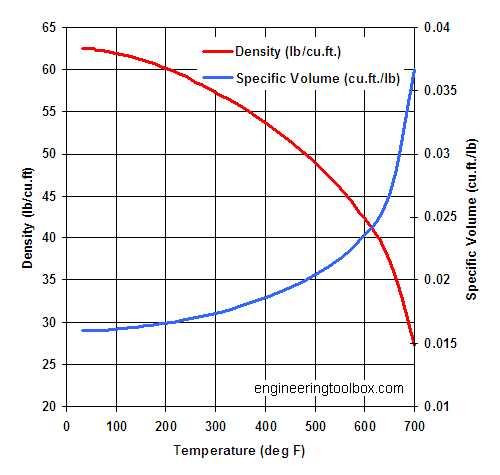I mashed a wheat beer last night and got 83% efficiency according to beersmith.
Do you guys ever target your efficiency so that it's predictable? I'm just wondering if you ever worry that your efficiency is better than you predicted causing your ABV to potentially be higher than you originally planned.
Do you guys ever target your efficiency so that it's predictable? I'm just wondering if you ever worry that your efficiency is better than you predicted causing your ABV to potentially be higher than you originally planned.






